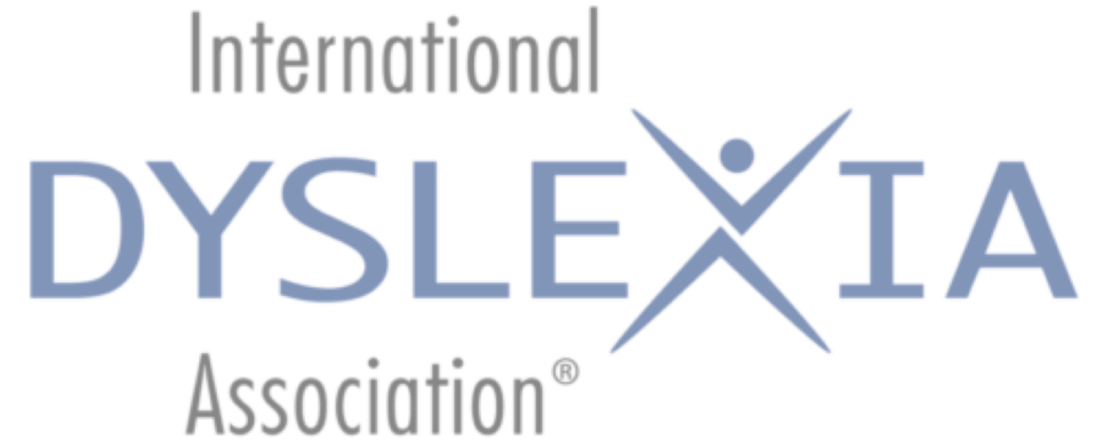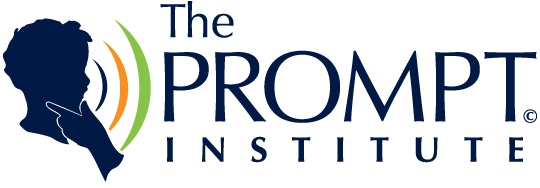|
A pesky tricky /r/, a shy client, and an abandoned bag of tempura paint led me to the discovery of using pointillism in speech therapy today. Pointillism is the art technique you trialled in elementary school and now ogle over in art museums---thousands of teeny tiny dots layered on top of each other to produce paintings with the subject shimmering in kaleidoscopic splendor. Just like a few dots won't make the picture take form---we need lots of trials for our target sound to take on a recognizable shape. After some debate, my kiddo and I selected a rose and traced over a photograph from an image search for an outline. We set up tiny paint brushes and a palette of colors to choose from. For each correct production at the word level-my kiddo "banked" a dot, pausing each 10-20 trials to "cash in" the dots on the painting. We got 120 trials our first session. Wahoo! I allowed a few minutes after each series of drilling to fill in more "dots". Typically painfully shy, our painting session created a space for conversation and a physical representation of my kiddo's hard work that is build-able across sessions. Want to try pointillism? Here's some tips: 1. Google image a few examples of famous works of art to describe pointillism. Paul Signac and Georges Seurat are a few big names.
2. Tempura paint is NON-TOXIC and (mostly) washable if planning to use with littles.
Click to set custom HTML
4. Use more rather than less paint on the brush so the dots have crisper edges.
5. Don't have brushes handy? Q-tips work just fine!
5. The edges of objects are usually a bit darker to make the final piece more realistic.
6. Coach your kiddo to use white or another color to make shades of the same color for some visual interest.
7. Alternatively, abandon all these rules and create your own masterpiece.
30 Comments
Something is happening.
Still pictures? Suddenly you've required your student to generate a movie in their head of the action. Movie clips? Danger here is that they can be visually overwhelming when attempting to target something specific. Enter "cinemagraphs" a clever combination of photos and video that take visual story telling to the next level. Cinemagraphs isolate one element of the photograph with embedded video. Even better, the video is in a continuous smooth loop--avoiding the jarring "reset" feeling of traditional gifs or Vine. Touted as "living photos", perhaps the Cinemagraph medium could travel beyond art projects and click-bait advertisements to find its way into effective language therapy sessions. You can create your own projects from scratch thanks to services like Flixel or rely on the great interweb to provide. And lucky for you, I've curated a set for the speech room and linked them to QR codes for easy access on the ipad and integration into drill play. Head on over to my TPT store to download your free copy! Cinemagraph Stimulus Cards for the SLP>>>>CLICK PICTURE BELOW
What other ways have you used cinemagraphs in the speech room? I'd love to know!
Psst...Not sure when your client should have those present progressives or regular/irregular verbs? Check out my developmental norms cheat sheet for speech and language. Simply input date of birth and poof! A visual timeline representation of expected language development! What if...
Your voice could instantly be transformed into a robot? Or a monster? Or as if you had just had a gulp of helium? Pretty cool, and FREE (on Mac) GarageBand has exciting applications for speech-language-voice therapy. To use, simply record audio. To transform into a robot or a monster, drag the track to the row of the desired effect. For GarageBand newbies or novices, more help can be found here. *NOTE: Make sure you immediately delete recordings after each session for client privacy. Here's some ideas. Use it as a.... 1. MOTIVATOR. Increase participation when participating means giggling over a robot voice. 2. SELF-ASSESSMENT. Have a client listen back to their trial, and encourage them to talk about what they heard. 3. MODEL. Modeling?! Alright! But are you as cool as a robot model? OR...The kiddo can become their own model ! Capture that elusive great performance, then proudly play it back. The client can produce target after the model, and the software can play model and their attempt to reflect upon. Alternatively, produce target with the model and gradually fade the audio volume. It's pretty easy to set the model on a loop for even more convenience! 4. PROSODY. Once, for a client who was behaviorally speaking really quickly, I set the metronome clicking, and we practiced reading sentences at different beats per minute. 5.. VOICE VISUALS Some voice therapy techniques seek to increase performance measured in time (EX: LSVT "ah" attempts, laxvox blowing bubbles through straw). Record one trial per track line and zoom out. Make sure your software is set to display time and...TADA!... you'll be able to see an automatic bar graph! Transfer to a paper version to compare across sessions. How else have you used this software? I'd love to hear about it! All pictures property of Terry Border, http://terryborder.com/bentobjectspage1/ Ever heard of Terry Border? He's a fantastic artist with a talent for creating hilarious stories and scenes with objects.
Head on over to his website, and print out your favorites for tons of language fun. My kiddos loved answering Wh- questions, inferencing what would come next comic strip style, and explaining the humor. Need more? |









 RSS Feed
RSS Feed


